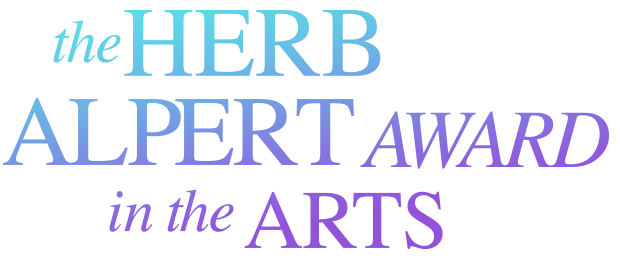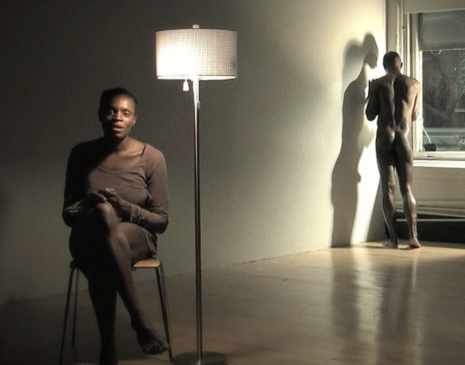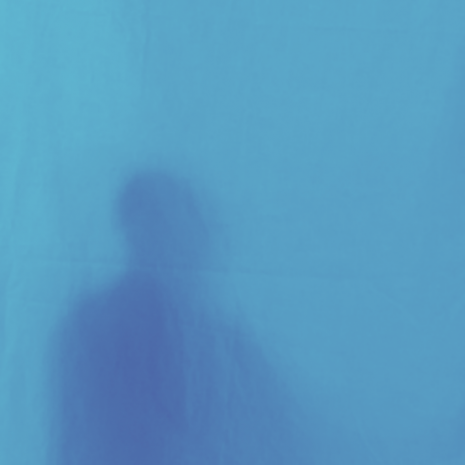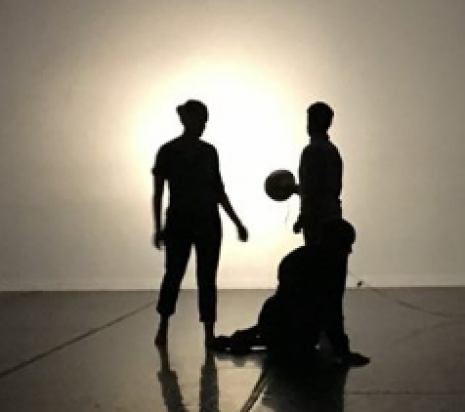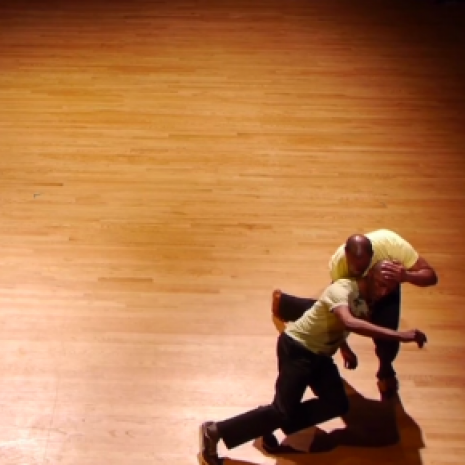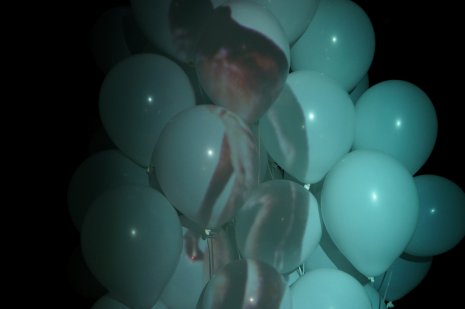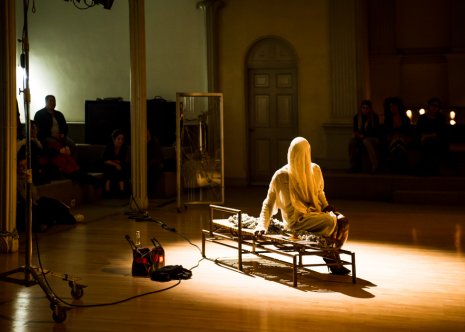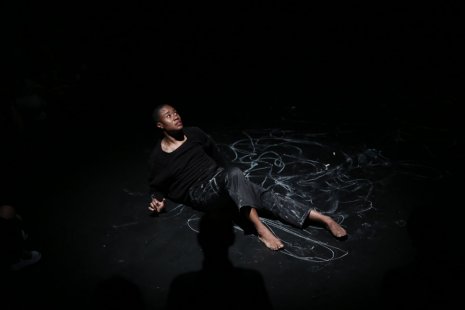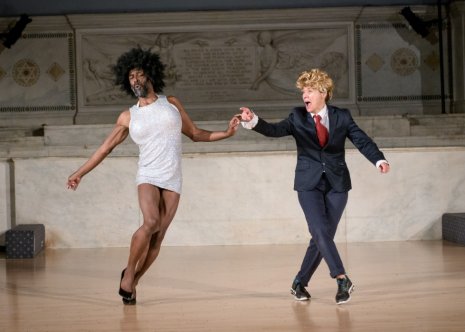In David's Words...
I am continually searching for self and alterity, whether inhabiting my work or the landscapes of other artists, including Bebe Miller, Jane Comfort, Trisha Brown, Marina Abramović, Ralph Lemon, Sekou Sundiata, Maria Hassabi, Alain Buffard, Okwui Okpokwasili/Peter Born, Yvonne Rainer, and Matthew Barney among others. Multiple rivers flow through me.
My practice has centered on interrogating presence, absence and identity as performative states, using images, writing, performance, and installation as containers for inquiry. Ranging from short works to durational tasks, the conundrum of identity becomes the connecting thread.
I recognize that being in this world is a complicated performance of reality constructs, values, and vulnerabilities. I strive to share these challenges within the environments of my work. I don’t seek to answer questions but to question underlying assumptions.
Glenn Ligon once said, “My job isn’t to produce answers. My job is to produce good questions.”
My choreographic process began evolving from collaborations with poets Tracie Morris (Afrofuturistic) and Sekou Sundiata (The 51st (dream) state), where I was invited to shape the physical structure of the works in response to their powerful and compelling words.
These experiences led to 1959 (2010), a work inspired by the year of my birth—a pivotal time of cultural, political, and scientific transformation. I commissioned texts from artists Glenn Ligon, Onome Ekeh, James Hannaham, Pamela Sneed, and Clarinda Mac Low, who responded to that year's events, materials, and ideas. Their contributions became the seeds for building episodic landscapes. Language and text became a new collaborative partner in my process. In its own way, a refusal of abstraction and yet a jump off point to abstraction.
Stumbling Towards Babylon… (2011), was a small in-process work where I challenged myself with a question: How could I disrupt the process and interrupt linear thought while crafting the moment? I devised scores for each performer to construct a trio of distinct and overlapping worlds. One solo employed the task of “forgetting” to sabotage continuity. Mine began with an improvised narrative then used words pulled from the audience to elaborate, complicate, and shift the narrative of the story, which had its own required form of ending. Entropy in process.
In the fall of 2011, I was invited to Nîmes, France, to begin a new collaborative project with Alain Buffard. Alain’s spacious creative process and the brilliant cast of artists in Baron Samedi (2012) broke me open and revitalized my creative juices when I thought I was ready to stop. I felt more intuitive and open. This state of mind cultivated the fertile ground that birthed three works in the spring of 2012: Velvet, Hunger, and Venus. Each was distinct in form, structure, and intent, whether the personal histories of Velvet, the permutations of love and cannibalism in Hunger, or the creation of Venus, a transgressive alter ego created in response to my experiences with the contradiction of postmodern neutrality and the history of race in the US.
Part beast, part myth, Venus is a code-shifting chimaera that became the impetus for questions regarding the perception of presence. Named after Sarah Baartman, (Hottentot Venus), an enslaved black woman who was exhibited as an exotic in the early 19th Century, this character became the catalyst for a series of interrelated works mining adjacent questions of identity, aspects of power and the complex constructs of race, gender, and violence in the United States, and the related myths we create to survive.
Research and process manifested in The Venus Knot (2015), a durational and intimate confession-booth installation that invited one-on-one dialogues regarding the source of one’s sense of self. Each conversation began with a request: “Tell me a story from your childhood where you recognize yourself.” People revealed extremely personal histories, forgotten fears, and discoveries about what it meant to truly surrender to being themselves. We laughed, and at times, there were tears as I coaxed them to delve deeper into their perceptions of themselves and their relationship to others. During our conversations, I would slowly construct a knot from a bundle of thick rope at my feet. The end of each conversation would be signaled by my cutting off the knot and giving it to them as a marker of our time. The poignancy of their trust, vulnerability, and stories was overwhelming. At the end of each night, I cried to release the accumulated emotions from that day.
The not-so-subtly-coded Ralph Wolf and Sam Sheepdog cartoons from my childhood inspired Mash (2013), a visceral abstraction of violence, vulnerability, desire, and race play. [A type of sexual roleplay in which the players act out racially charged situations, such as interracial master-slave relationships or other related dynamics.] An S&M influenced duet from this work became the focal point in The Voyeurs (2016), in which the audience, using their phones, walks through a park, eavesdropping on a private conversation between two unidentified Black friends in the same park. Each caller is negotiating their complex feelings related to an incident separately witnessed from their windows, leading to the difficult question of how the anger of Black Lives Matter could coexist with the erotic desire for violence in race play in one individual. The Voyeurs was intimate and invisible, playing with the dynamics of location and anonymity within a public space.
he his own mythical beast (2018) was the culmination of these prior projects and included lobby video installations retooling source material from the process. The performance of beast opened with Trisha Brown’s score Locus (1975), which assigns the points within a 3-dimensional cube as letters in the alphabet, translating a quote from Taylor Branch into movement: “Almost as color defines vision itself, race shapes the cultural eye—what we do and do not notice, the reach of empathy and the alignment of response." Over the course of the piece, my character gradually transformed into Venus—each shift marked by the accumulation of garments: from pants to dress, then mask, and finally heels. From abstraction to ‘other’. Threaded through the work was a narrative exploring the complex identity issues involved in creating a 'Black Siri' voice.
My next phase of research returned more directly to the body as container. I fell into the mysteries of quantum physics as a metaphor for the poetics of presence. What are the multiplicities embedded in the body? Mind, heart, ancestors, other? The ecstatic is a tool of transportation, sourced and released from the body. The deeper truths our minds may not allow to surface. VESSEL (2018) was an experiment, a three-hour performance installation that prioritized the performers' experience within altered states of being related to trance. We entered these states using task-based actions and movement scores developed during the process. The audience, separated by a fabric membrane with shifting opacities, was invited into a perceptual ambiguity that challenged the habitual dominance of visual interpretation. Phones were relinquished at the entrance, and participants were free to sit, lie down, walk, move, and come and go as they pleased—claiming agency in their own modes of witnessing.
The work was deeply influenced by Édouard Glissant’s Poetics of Relation, particularly his notion of opacity as an unquantifiable and irreducible definition of the ‘other.’ VESSEL sought to embrace the unseen as a palpable field of relations and possibilities.
The interrogation of identity extends to how we care for ourselves. I co-created The Artist Sustainability Project which I consider as part of my art practice, a response to the urgent need for artists to cultivate personal, financial, and artistic empowerment to build lasting, sustainable lives in a society that prioritizes production over people. The survival of my art is intrinsically tied to the survival of the field, so my practice is rooted in advocating for and educating the community to develop artists who are financially informed, personally empowered, and collaboratively bent on developing new strategies to build sustainable lives and careers. Simply making art without keeping this in mind feels absurd. I cannot dream about future projects without building better boats to sail in. All boats must rise!! Working with the organization YoungArts, I recently launched Artist Resource Collective (ARC), a new program that equips artists with essential financial tools and knowledge. It is an evolving practice.
I see organic structures as guides to reconceptualizing the arts ecosystem into an integrative model of care and relationality that is resilient, agile, and adaptive. The Ecology of Care is an outgrowth of this process, a series of prompts to catalyze conversations surrounding values and care. Each card is meant as a point of reflection or discussion. A practice of care seems especially needed now. Use them for yourself and with others. Share the practice
Consider the environments in which you work and live. How do they support you?
Does the rhythm of your life match your needs?
What do you value in your life? How do you value yourself?
How do you lean into curiosity and discovery?
How do you weave regeneration into your life?
Are we truly listening to each other during conversations?
Are we being mindful of our own projections?

